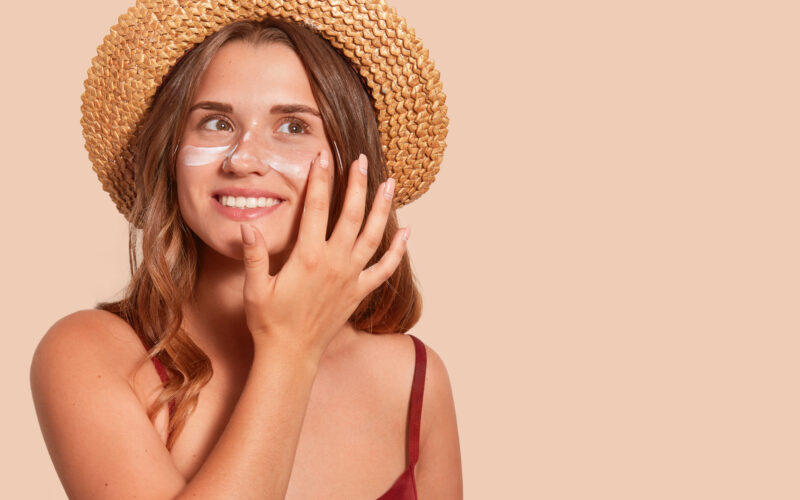You know sunscreen is a must whenever you’re outside, but sunburn has probably still caught you by surprise at some point. By slathering on sunscreen, you may have thought you were playing it safe, but there’s actually more to it than that.
“Sunscreen is a misconstrued skin care category,” says Ranella Hirsch, a clinical assistant professor of dermatology at Boston University School of Medicine. Not applying often enough or misunderstanding labels can add up to lousy protection and sun damage.
Check out these commonly held sunscreen myths, then the facts that will keep your fun in the sun safe.
Myth: You’re protected as long as you apply sunscreen as soon as you get to the beach or park.
Fact: You must apply it about 30 minutes before you head outside.
“Never, never, never wait to apply sunscreen until you get to the beach,” says Hirsch. “Skin needs time to absorb the active ingredients in many sunscreens for them to be effective.” Your skin starts taking in rays from the minute you walk outside, so by the time you get to your destination, you may have already sustained some UV damage.
Myth: Hair provides your scalp all the sun protection it needs.
Fact: You can get burned through your hair.
Exposed areas on your scalp (e.g., your part and around the hairline, where hair tends to be thinnest) are hot spots for sunburn. And your head is just as vulnerable to sun damage and skin cancer as the rest of your body, says Hirsch.
Your best defense is a hat, which provides a physical barrier from the sun’s rays. You can also apply a spray or gel sunscreen (neither of these is as greasy as lotions) to your part and hairline area. Whatever you do, don’t rely on UV-shielding hair sprays or styling creams. While they may keep hair color from fading, they can’t protect your skin, says Hirsch.
Myth: A high SPF will protect you all day.
Fact: There’s no such thing as all-day protection.
Whether it’s SPF 15 or 50, all sunscreens stop working after about two hours. A sun safety rule: Use a minimum of SPF 30 and reapply after two hours outdoors, says Hirsch. It doesn’t matter how many coats you put on, either, she says. Aim to use about a shot glass full of sunscreen for your whole body: “Most people put on only a third of that,” says Hirsch.
Myth: You don’t need to reapply waterproof or water-resistant sunscreen after a swim.
Fact: Those terms only mean you’re protected in the water.
Don’t confuse “water-resistant” and “waterproof” with towel-proof. By drying off, you’re probably wiping off the sunscreen too, says Hirsch. Even though waterproof sunscreens have strong staying power, none of them is 100 percent waterproof. Lotions only protect skin for about 40 minutes in the water.
Myth: You can skip sunscreen if you tan or have dark skin.
Fact: All skin tones need protection.
The truth is, sun damage doesn’t discriminate. And a burn isn’t the only sign of unhealthy sunning: “A tan is a sign of damage, and dark skin is susceptible to skin cancer and wrinkles too,” says Hirsch.
Myth: Babies under six months are too young for sunscreen.
Fact: Children of all ages can wear sun protection.
“The damage sun can inflict far surpasses any inconvenience or potential risk (like skin irritation) of using sunscreen on small children,” says Hirsch. Whenever possible, use physical blockers (e.g., cotton pants, long-sleeve shirts and hats). But for areas like the face and back of hands, a small amount of sunscreen is safe even for babies younger than six months, according to the American Academy of Pediatrics.
Look for SPF formulas made specifically for infants with mineral-based blockers (like titanium dioxide or zinc oxide), which tend to be gentle and non-irritating. “Don’t underestimate how much sun your kids get,” says Hirsch. “Even if you’re at the park for an hour, they need a sun hat and sunscreen.”






